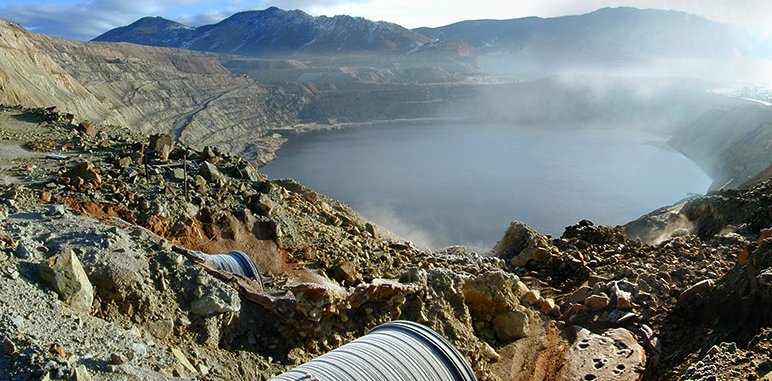“Immigrant children under the care of the federal government should not be in cages, let alone toxic sites in military bases,” an Earthjustice attorney said.
By Kenny Stancil, staff writer for Common Dreams. Published 4-2-2021

Photo: Jerry Dunleavy/Twitter
In a move that was condemned by environmental justice advocates on Friday, President Joe Biden’s administration earlier this week sent 500 unaccompanied asylum-seeking minors to Fort Bliss—a highly contaminated and potentially hazardous military base in El Paso, Texas—and is reportedly considering using additional toxic military sites as detention centers for migrant children in U.S. custody.
“We are extremely concerned to hear of plans to detain immigrant children in Fort Bliss. Military bases filled with contaminated sites are no place for the healthy development of any child,” Melissa Legge, an attorney at Earthjustice, said in a statement. Continue reading




